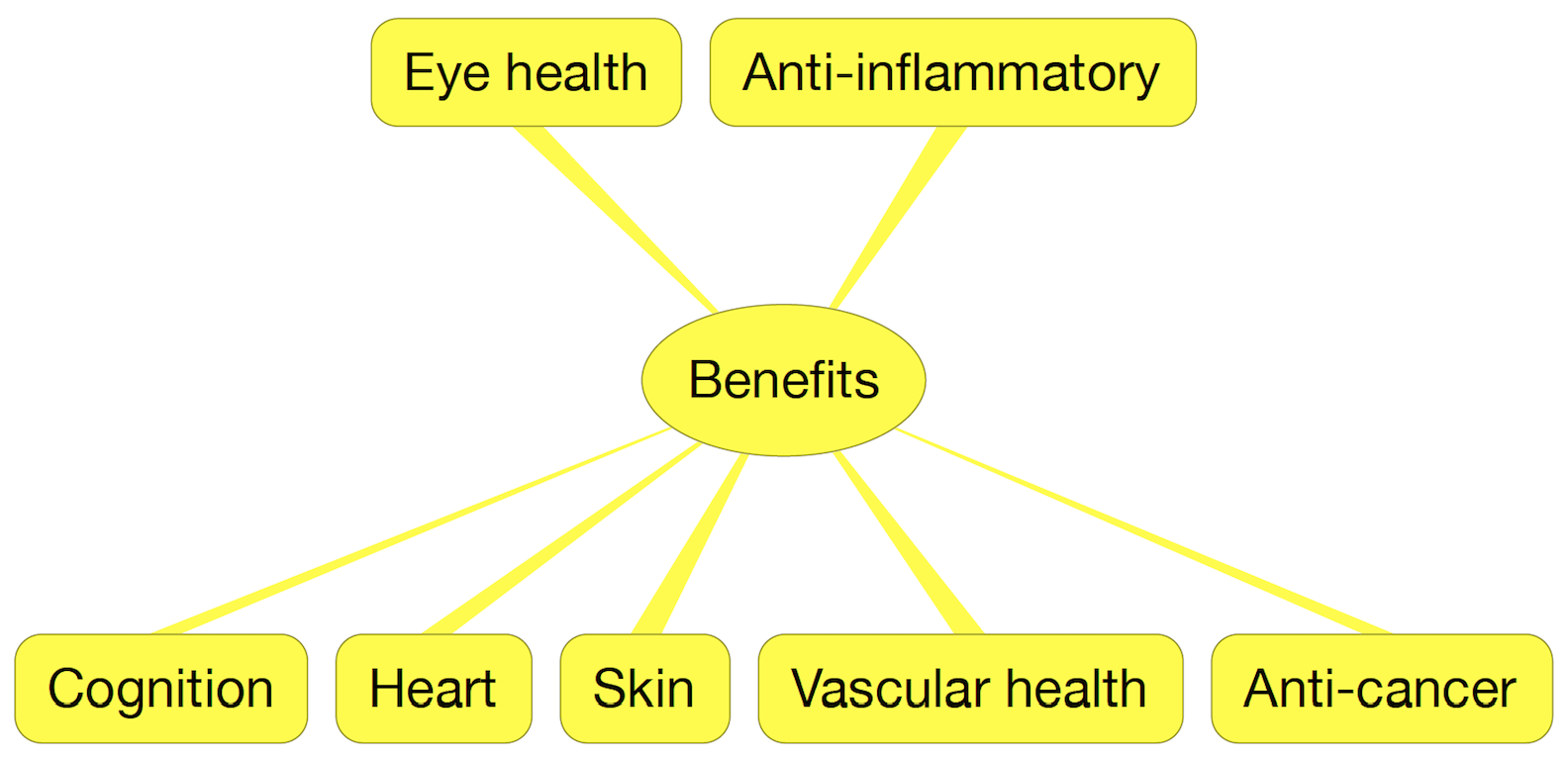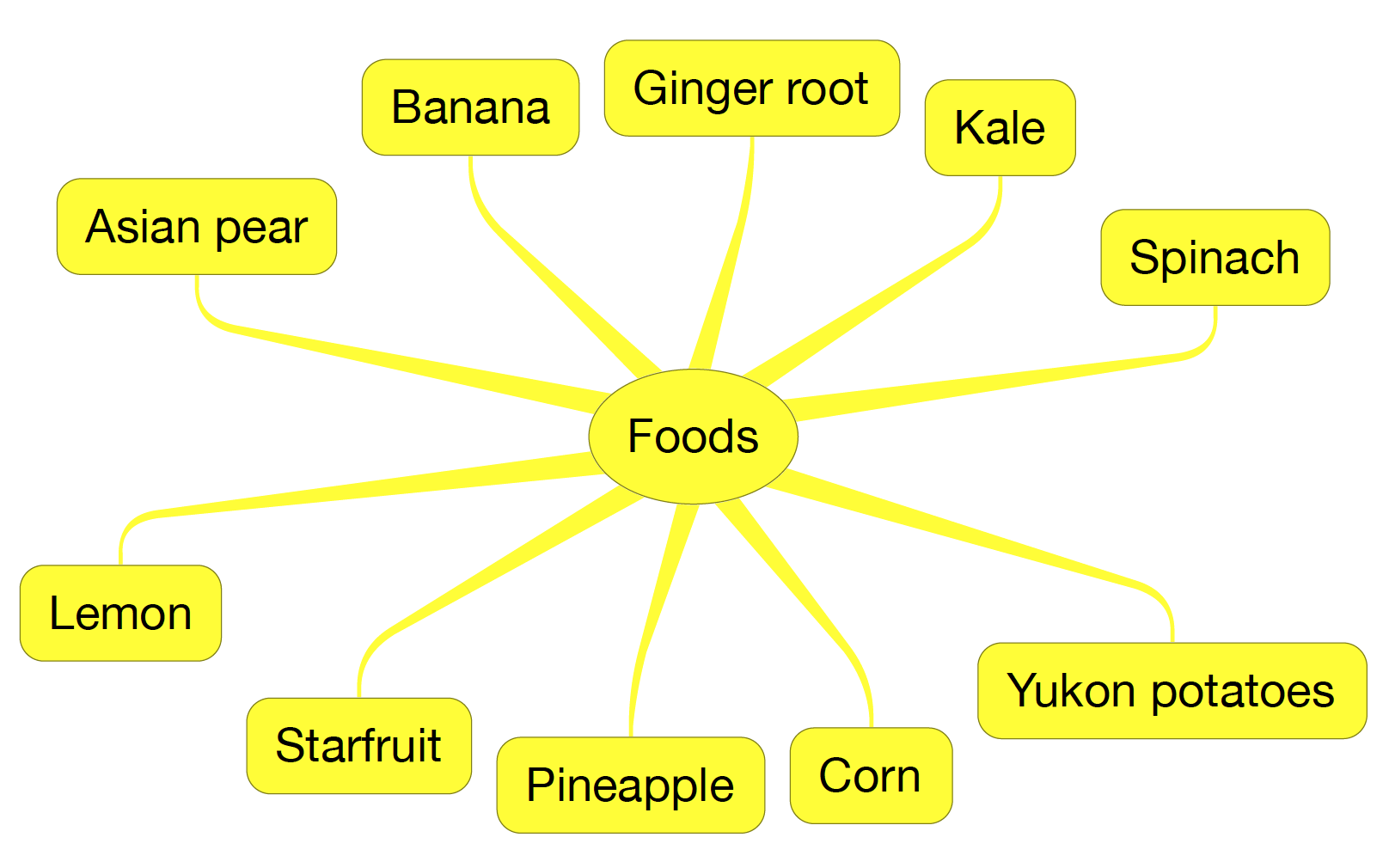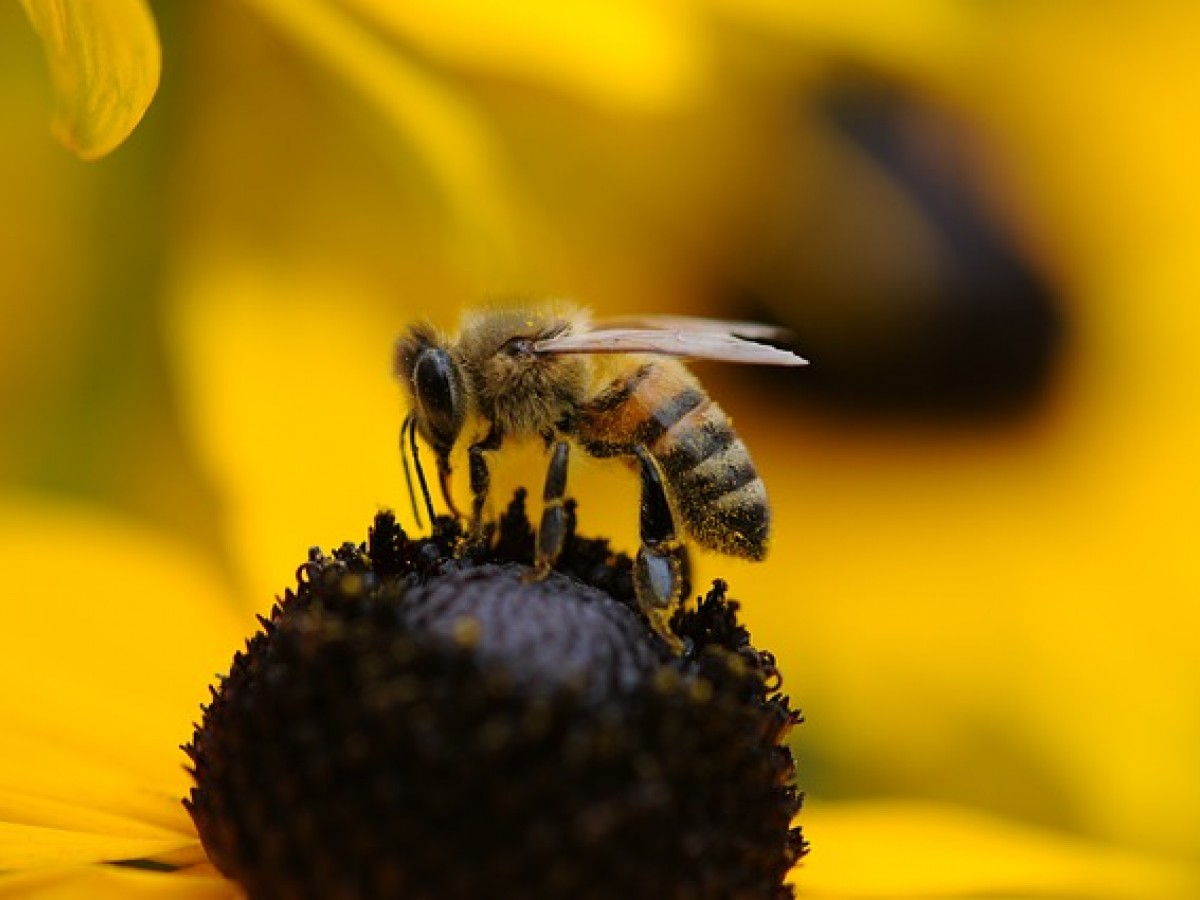See What You're Looking At.
You and I see food every day, but it takes knowledge for us to really see what we're looking at. And sometimes it takes food itself for us to see anything at all.
It takes phytonutrients, actually.
I talk a lot about phytonutrients, more so than vitamins, in fact. If you recall my post Why Color Matters, then you'll know what I mean when I say: we are beyond the age of vitamins.
Vitamins were an important discovery--so named because they are "vital". They keep us from developing scary things like scurvy, rickets, and pellagra. But they are just the tip of the iceberg when it comes to what real food has to offer.
Simply translated, phytonutrients are "plant nutrients". They are abundant in nature. About 25,000 have been discovered so far. And the more we look, the more we find. Their benefits go way beyond the simple paradigm of preventing vitamin deficiency diseases like scurvy. Phytonutrients prevent diseases of aging, things we thought were inevitable like cancer, diabetes, heart disease, macular degeneration, and dementia.
The value of phytonutrients is increasingly well understood, so much so that these nutrients are making their way into supplements on the store shelves. But keep in mind, even the most advanced nutritional supplement cannot contain all the phytonutrients you need. How could it? 25,000 and counting, remember? It's an arms race. And the supplement industry is a few million years behind mother nature in R&D.
So you might not want to rely on your handy one-a-day multi to get what your body deserves and prefers: colorful food.
Mellow Yellow.
Yellow is one of my favorite colors, not least because it reminds me of the rising sun. It's a happy color, full of warmth and promise. And chock full of nutrition.
The yellow color in plants is a clue to some very special pigments known as carotenoids: Lutein, Rutin, and Zeaxanthin.

There are other carotenoids too. They come in red and orange (think carrots). But we'll stick with yellow today.
The yellow carotenoids are used by plants during photosynthesis to dissipate excess light energy, so the chloroplast doesn't burn out like a cheap light bulb.
When you eat yellow plants, Lutein and Zeaxanthin somehow find their way directly from your food into the retina of your eye. To me, this is like alchemy or wizardry; it's like these compounds know where to go. They go directly from one light receptor to another, from the plant kingdom to the animal kingdom, where they then preserve your precious vision by inhibiting cell membrane oxidation and apoptosis (cell suicide). Abracadabra. From the fires of photosynthesis, we get retinal sunscreen.
This is critical. Because sunburned cells are like proud samurai warriors; they'd rather die honorably than serve you poorly. When they go, they go quietly, and with dignity. Trouble is, they are not always replaced. And this leads to tragic things like macular degeneration, or central vision loss, which is the number one cause of blindness in the US, effecting an estimated 10 million Americans right now.

Fortunately, you don't need to know the biologic mechanism behind carotenoids to enjoy the biologic benefits. Humans have been benefiting from carotenoids for countless generations with nothing more to go on than grandma's advice to "eat your vegetables". But in today's environment of pop tarts, lifeless flours, milled cereals, and sports drinks, it probably takes more than grandma's wisdom to really see what you're looking at. You may need informed common sense.
That's where I come in. I'm in the epiphany business. My job is to help you move the good stuff from the back of your brain to the front of your brain. And from there, hopefully to your heart.
Seeing What's Good for You.
Here's the really good news. There are literally dozens of delicious yellow foods out there for you. Some are so easy to spot, it's like they've bottled the sun. Others take some imagination.

You may be wondering why kale and spinach are on the list. Aren't they green?
Yes, very green. But believe it or not, greens contain yellow. You can't see it because the chlorophyll (green) is so dense that it masks the other colors.
But you knew this. Think of what happens in the fall. Green leaves suddenly turn brilliant hues of red, yellow, and orange. As the chlorophyll degrades, the other colors, which have been there all along, fade into view like the developing photo from some vintage polaroid instant camera.
So by all means, eat your greens to get your yellows.
Tie a Yellow Ribbon Round Some Ginger Tea.
I'm indebted to Deanna Minich, PhD, for prompting me to think of ways to include more yellow in my day. Here's a few of her ideas in my own words:
- Choose Yukon Potatoes or French Fingerlings instead of bland white Russets.
- When eating bananas or potatoes, keep in mind that they contain a lot of sugar and starch. To maintain a smooth and healthy blood sugar, always combine these foods with fat or protein to slow their absorption. For example, bananas with nuts, or potatoes with grass-fed butter. Keep your portion sizes small. (If you struggle with weight, then just choose non-starchy veggies instead, like kale and spinach.)
- Try making some ginger tea with lemon.
- If you tolerate nightshades, snack on a yellow bell pepper throughout the day.
- Make a salad with spinach & Asian pear.
- Be adventurous. Have some starfruit for breakfast.
Or just do your own thing. Bottle the sun. Have fun. And may you always see what you're looking at.
Yours in Health and Resilience,
Marc Wagner, MD, MPH
P.S. This just in. A study published last week shows that combining colors of carotenoids (yellow, orange, red) significantly increases their anti-cancer activity. So try to eat a rainbow of colors every day.
P.P.S Here's a wonderful yellow recipe featuring Summer Squash. Enjoy!
